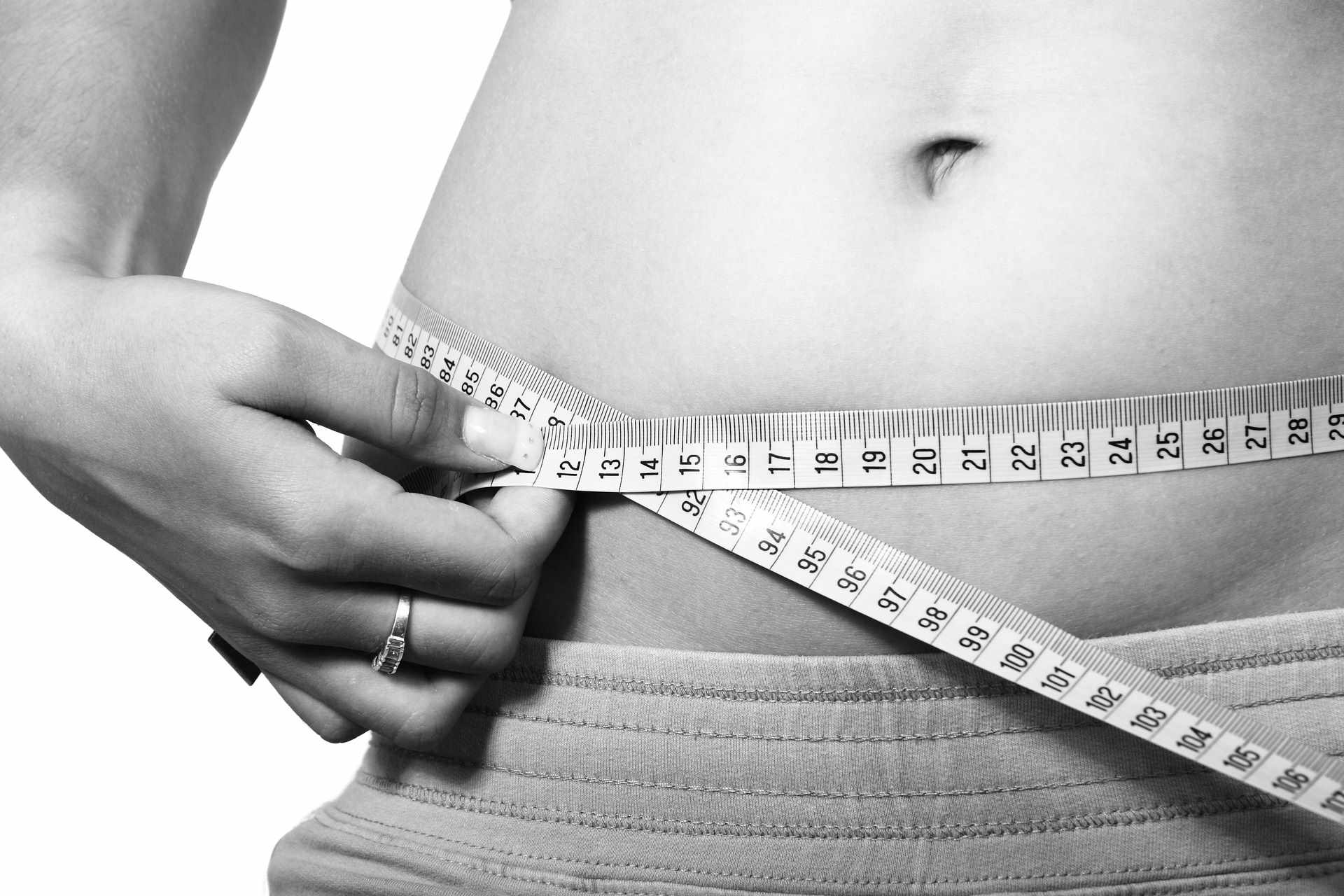Belly Fat Removal: Surgical and Non-Surgical Solutions
The journey to achieving a flatter abdomen can be challenging despite dedicated diet and exercise efforts. For many people, stubborn fat deposits around the midsection remain resistant to traditional weight loss methods. This has led to growing interest in both surgical options like liposuction and non-invasive alternatives. Understanding the full spectrum of belly fat removal options can help you make an informed decision that aligns with your body goals, budget, and comfort level with various procedures.

What Is Liposuction and How Does It Work?
Liposuction is a surgical procedure that removes fat deposits through small incisions in the skin. During traditional liposuction, a surgeon inserts a thin tube called a cannula into these incisions and uses a suction mechanism to extract unwanted fat cells. The procedure permanently removes fat cells from targeted areas, including the abdomen, flanks, thighs, and other problem spots. Modern liposuction techniques have evolved to include variations like ultrasound-assisted liposuction (UAL), laser-assisted liposuction (SmartLipo), and power-assisted liposuction (PAL), which can provide more precise fat removal with potentially less trauma to surrounding tissues.
The procedure is typically performed under general anesthesia or local anesthesia with sedation, depending on the extent of fat removal. Recovery periods range from a few days to several weeks, with patients needing to wear compression garments to minimize swelling and help the skin contract to its new contours.
Non-Surgical Belly Fat Removal Options
For those seeking effective fat reduction without surgery, several scientifically-backed options have emerged in recent years. These treatments offer varying degrees of fat reduction without incisions, significant downtime, or the risks associated with surgical procedures:
-
CoolSculpting (Cryolipolysis): This FDA-approved procedure freezes fat cells, causing them to crystallize and die. The body then naturally eliminates these cells over 1-3 months. Each session typically reduces fat in the treated area by approximately 20-25%.
-
SculpSure/WarmSculpting: Using controlled laser technology, this treatment heats and destroys fat cells without damaging the skin’s surface. The lymphatic system removes the damaged fat cells over 6-12 weeks.
-
Ultrasonic Cavitation: High-frequency sound waves create bubbles around fat cells, which burst and disrupt the fat cell membranes, allowing the body to process and eliminate the contents.
-
Radiofrequency treatments: Devices like Vanquish and TruSculpt use radiofrequency energy to heat and destroy fat cells while tightening skin.
Most non-surgical options require multiple treatment sessions and produce more subtle results compared to liposuction, making them better suited for patients with mild to moderate fat deposits seeking gradual improvement.
When to Consider Liposuction and Tummy Tuck Combinations
While liposuction removes fat, it doesn’t address loose or excess skin. For patients with significant skin laxity, stretch marks, or separated abdominal muscles (diastasis recti), a tummy tuck (abdominoplasty) may be recommended alone or in combination with liposuction.
A tummy tuck involves removing excess skin and fat while tightening the underlying abdominal muscles. This combination approach is particularly beneficial for:
-
Post-pregnancy mothers dealing with stretched skin and separated muscles
-
People who have lost significant weight and have loose, hanging abdominal skin
-
Older adults with reduced skin elasticity and stubborn fat deposits
The recovery period for combined procedures is longer than for liposuction alone, typically requiring 2-3 weeks before returning to normal activities and up to 6 months for complete healing and final results.
Finding Liposuction and Tummy Tuck Specialists in Your Area
Selecting a qualified specialist is crucial for achieving optimal results and minimizing risks. When searching for liposuction and abdominoplasty providers, consider these factors:
-
Credentials and certification: Look for board-certified plastic surgeons or dermatologists with specific training in body contouring procedures.
-
Experience and specialization: Review how many similar procedures the doctor has performed and whether they specialize in body contouring.
-
Before and after photos: Examining results from previous patients with similar body types can help set realistic expectations.
-
Reviews and testimonials: Patient feedback offers insights into the doctor’s bedside manner, staff professionalism, and overall experience.
-
Consultation quality: During initial consultations, assess whether the specialist takes time to understand your goals, explains options thoroughly, and discusses potential risks.
Most major cities have multiple qualified providers, and many surgical centers offer virtual consultations to help you determine if you’re a good candidate before an in-person visit.
Effective Fat Reduction Without Surgery: What to Expect
Non-surgical fat reduction methods have become increasingly sophisticated, but understanding their limitations is important. When considering these options:
-
Results develop gradually: Unlike liposuction’s immediate fat removal, non-surgical treatments may take 1-3 months to show full results as the body naturally eliminates damaged fat cells.
-
Multiple sessions are typically required: Most patients need 2-6 treatment sessions spaced several weeks apart for optimal results.
-
Modest reduction: Non-surgical methods generally achieve 20-30% fat reduction in treated areas, compared to liposuction’s potential for more dramatic results.
-
Best for targeted areas: These treatments work well for specific trouble spots rather than large areas of fat.
-
Maintenance may be necessary: While destroyed fat cells don’t return, remaining cells can still enlarge if weight is gained.
Most non-surgical treatments involve minimal discomfort during the procedure and little to no downtime, allowing patients to return to normal activities immediately.
Cost Comparison of Surgical vs. Non-Surgical Options
The financial investment varies significantly between surgical and non-surgical fat reduction options, and even within each category based on provider location and expertise.
| Procedure Type | Average Cost Range | Sessions Needed | Recovery Time |
|---|---|---|---|
| Traditional Liposuction | $3,500-$8,000 per area | Single session | 1-2 weeks |
| Laser-Assisted Liposuction | $4,500-$10,000 per area | Single session | 3-7 days |
| Tummy Tuck (Abdominoplasty) | $6,000-$12,000 | Single session | 2-4 weeks |
| CoolSculpting | $600-$1,500 per area per session | 2-4 sessions | None |
| SculpSure/WarmSculpting | $400-$1,500 per session | 2-3 sessions | None |
| Ultrasonic Cavitation | $250-$700 per session | 6-12 sessions | None |
| Radiofrequency Treatments | $300-$800 per session | 4-6 sessions | None |
Prices, rates, or cost estimates mentioned in this article are based on the latest available information but may change over time. Independent research is advised before making financial decisions.
It’s important to note that surgical options like liposuction and tummy tuck procedures are rarely covered by insurance as they’re considered cosmetic. Some providers offer financing options to help manage these costs. While non-surgical options have a lower per-session cost, the need for multiple treatments can make the total expense comparable to surgical options in some cases.
Conclusion
Both surgical procedures like liposuction and non-surgical fat reduction methods offer viable paths to removing stubborn belly fat. The best option depends on factors including the amount of fat to be removed, skin elasticity, budget considerations, and willingness to undergo surgery with its associated recovery time. For those seeking dramatic results and willing to accept surgical risks and recovery time, liposuction—particularly when combined with a tummy tuck for those with excess skin—remains the gold standard. However, technological advances have made non-surgical alternatives increasingly effective for patients seeking more modest improvements without downtime.
This article is for informational purposes only and should not be considered medical advice. Please consult a qualified healthcare professional for personalized guidance and treatment.




